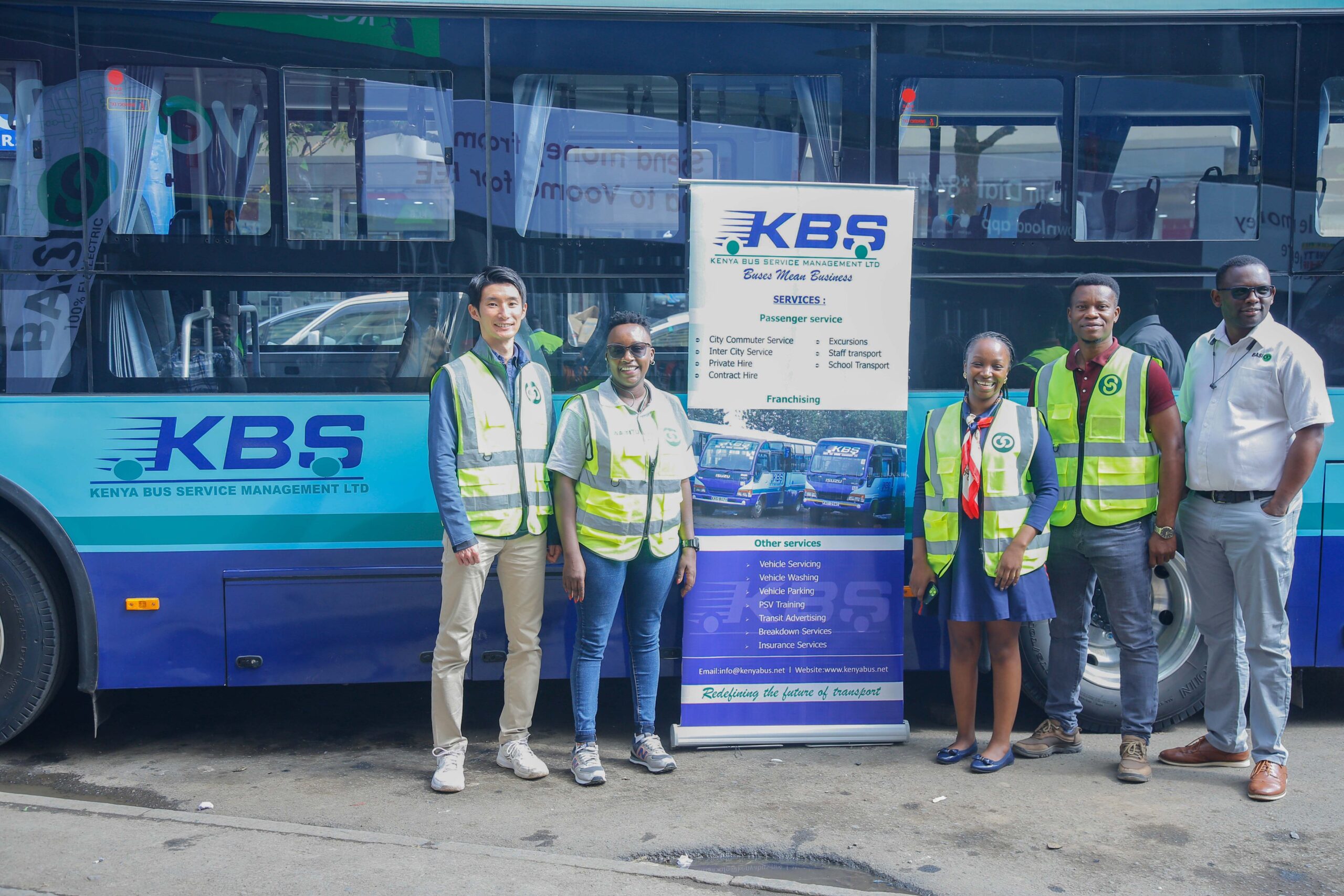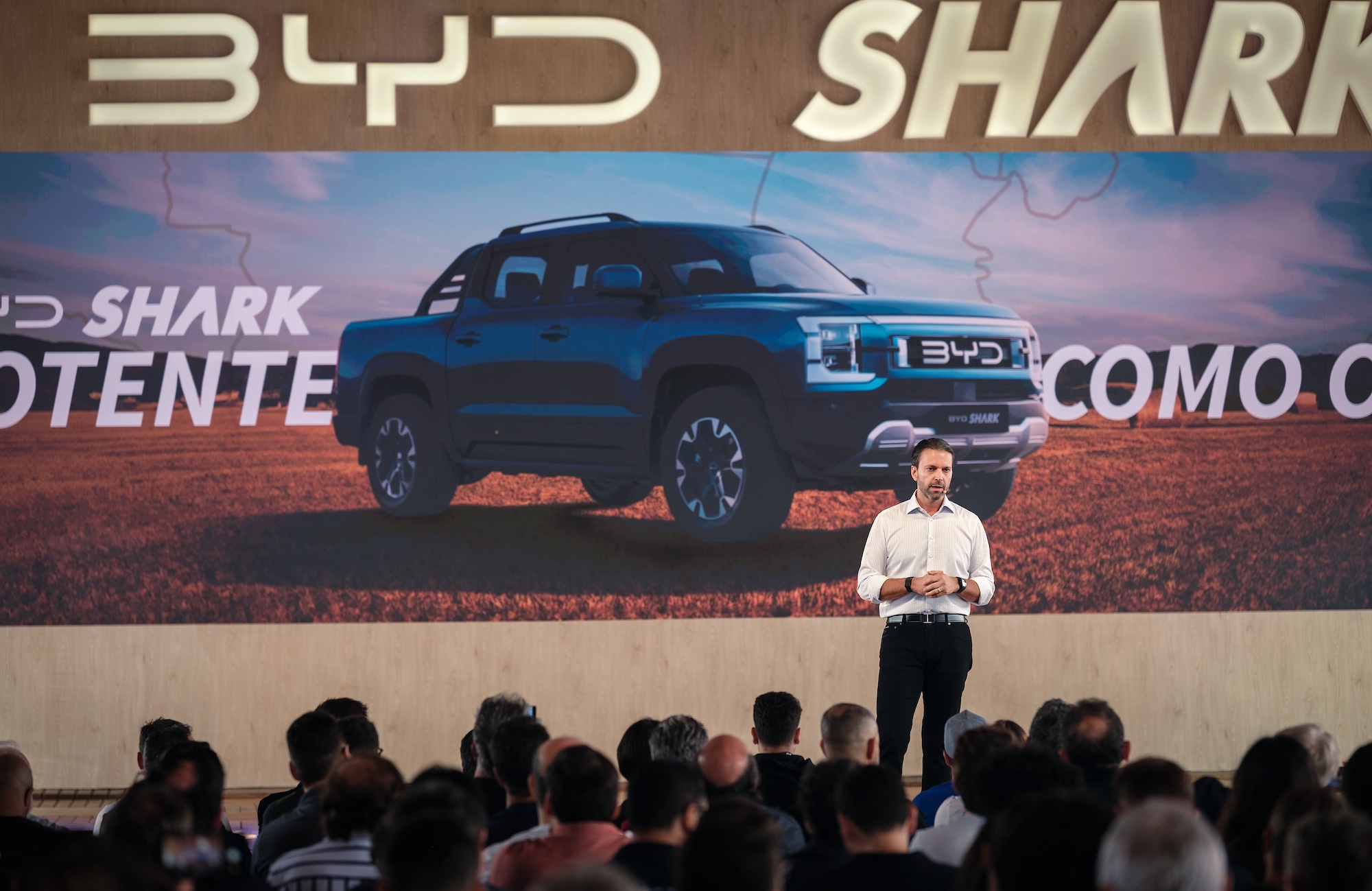Sign up for daily news updates from CleanTechnica on email. Or follow us on Google News!
The government of China announced last month it would double trade-in subsidies first introduced in April in an attempt to boost demand for cars after sales growth slowed in the first half of the year. China’s cash for clunkers trade-in program could increase consumer demand for EVs in the coming months, driving total electric car sales to more than 10 million this year, according to BloombergNEF.
The new incentives increase the amount consumers receive when they trade in an older vehicle that spews copious amounts of climate-killing emissions out of the tailpipe and replace it with a new energy vehicle — which in China means virtually any car with a plug — to 20,000 yuan ($2,760). Or they are eligible for 15,000 yuan ($2,100) toward the purchase of a more fuel efficient gasoline-powered car. Many Chinese cities have followed suit, offering additional incentives ranging from around $140 to $1,400 per vehicle.
The Chinese government initially budgeted 11.2 billion yuan ($178 million) for the trade-in program, enough to support replacement of up to 1.6 million vehicles with more efficient gasoline cars, or 1.1 million EVs, BNEF analyst Siyi Mi wrote in a report published Monday. While the new funding total hasn’t been disclosed, BNEF assumes the targeted number of replaced vehicles will remain similar, with higher subsidies potentially spurring up to 2 million car sales, Mi said.
China Scrappage Plan
The potential market for scrapped vehicles in China is significant, Mi added. More than 26 million ICE vehicles were registered when China III emission standards for passenger vehicles took effect. About 16 million of these are still on the road, based on data from the Ministry of Commerce. There were an additional 1.2 million EVs registered before April 2018, and fewer than 400,000 of those were retired and scrapped. Together, this represents a total of 16.8 million cars qualifying for the trade-in incentives.
According to BNEF, 2.78 million vehicles were scrapped in the first six months of this year, up 28% from a year ago. Roughly 70% of those were passenger cars. The program sets a target to replace 3.78 million old vehicles by the end of this year. If all individuals discarding their old vehicles buy a new car and apply for the subsidy, the goal seems achievable, Mi said. However, only 600,000 applications were filed between the start of the new program in April and August 13, according to the Ministry of Commerce. That suggests the goal for 2024 may fall short of expectations.
Increased uptake of the cash for clunkers incentive would be a welcome relief for Chinese EV makers, who have been battered by a prolonged price war and are facing increasing hostility abroad. Both the US and European Union have recently imposed substantially higher tariffs. The US tariffs have had a negligible effect on Chinese automakers because very few Chinese made cars are sold in America.
Tariffs & The Volvo EX30
The tariffs have sent the Volvo EX30 into a tailspin, however. Volvo now is frantically trying to shift production of that car to Belgium in order to avoid the tariffs, but that means the introduction of the EX30 could be delayed by at least a year and possibly longer. That is regrettable. As we reported in June, the Volvo EX30 is precisely the kind of electric car America needs. It’s a compact SUV that is agile, with good range and excellent power, at a price that many buyers will find affordable. It’s cute, peppy, and above all else, it’s a Volvo, with all that name implies about safety and excellent build quality. It is also right in the crosshairs of the new US tariffs that make importing cars made in China a virtual impossibility.
The new electric car from Volvo is supposed to have a starting price for the single motor version of $34,995, but there is some question as to whether the car will make it to America at all, now that the import duty has more than tripled. According to InsideEVs, reservation holders who were expecting the car to go on sale in the US this summer say they have gotten little to no details about when the EX30 will arrive stateside, or what it may cost when it gets here.
When the Volvo EX30 was announced a year ago, the US tariff on Chinese cars was 27.5% and the company felt confident it could hit its pricing targets at that tariff level. “Anything we have to pay to the government is accounted for in that price,” a Volvo official said when the EX30 was announced last year. But now the tariff on the EX30 has ballooned, which pretty much cancels out Volvo’s profitability calculations for the car.
In Norway, the Volvo EX30 was the best selling electric car in May, which goes to show how many people think the car is a pretty sweet ride. Norway is not part of the EU, but the new tariffs imposed by the European Commission are knocking the stuffing out of Chinese made electric car sales on the Old Continent. The new tariffs went into effect in early July and the preliminary figures from Dataforce show that the number of new electric car registrations from Chinese automakers such as BYD and MG fell 45% in July compared to sales in June. Dataforce compiled those results across the 16 EU member countries that have reported July figures to date. The decline may be somewhat skewed by people buying a Chinese made electric car before the new tariffs went into effect.
Cars With Plugs Take The Lead In China
Whether the cash for clunkers program in China lives up to expectations or not, the electric car revolution in that country is doing quite well. Last month more than half of all new cars sold in China had a plug. China promotes plug-in hybrids as well as battery electric cars as “new energy vehicles.” In fact, 30% of those cars with plugs are so-called extended range EVs that have a range-extender gasoline engine onboard to keep the battery charged while driving long distances. BYD has one model of EREV it claims can go more than a thousand miles without stopping to charge or refuel. There is no word on whether that car comes with catheters for the driver and passengers. The other good news from China is that the sale of diesel fuel fell to a 20 year low last month as Chinese motorists turn their back on diesel-powered cars. Things are changing and the EV revolution will succeed, if we don’t allow our leaders to muck things up.
Have a tip for CleanTechnica? Want to advertise? Want to suggest a guest for our CleanTech Talk podcast? Contact us here.
Latest CleanTechnica.TV Videos
CleanTechnica uses affiliate links. See our policy here.
CleanTechnica’s Comment Policy





